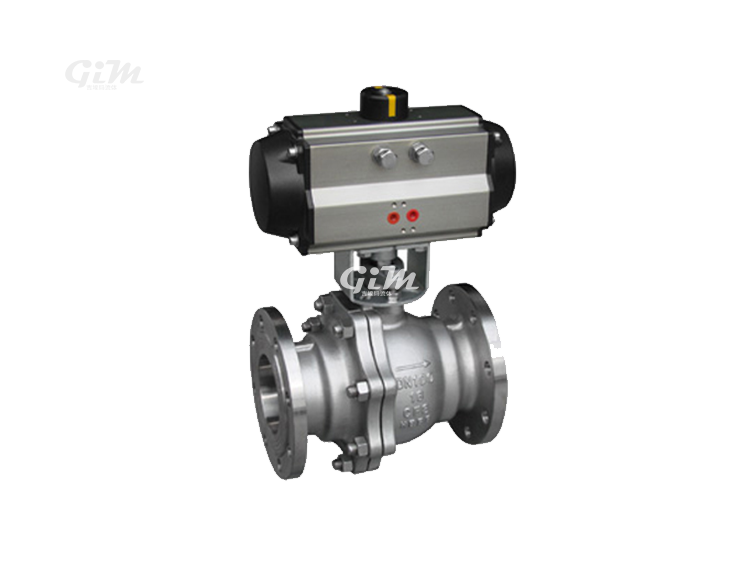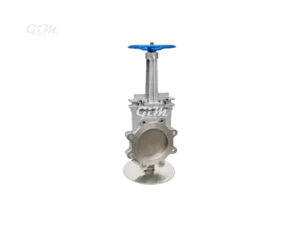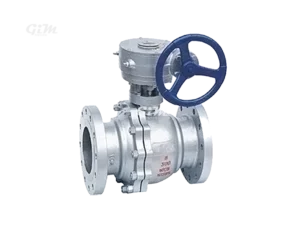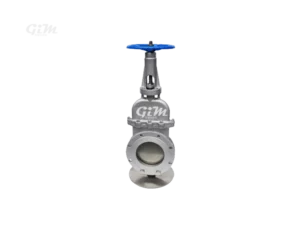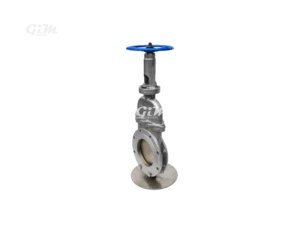Pneumatic Ball Valve
- Support Customization
- Two-Year Warranty
- Global Shipping
- Multiple Payment Methods
Overview:
Pneumatic Ball Valves are essential components used in industrial applications for controlling the flow of fluids through a pipeline. They combine a ball valve’s reliable flow control capabilities with a pneumatic actuator, which provides automated, air-powered operation.
Product Features:
- Design and Construction:
- Ball Valve Mechanism: The core of the valve is a spherical ball with a central hole. Rotating the ball changes the flow path through the valve. The ball is controlled by the pneumatic actuator.
- Pneumatic Actuator: Operates the valve by converting compressed air into mechanical movement. Pneumatic actuators can be single-acting (spring-return) or double-acting (requires air pressure for both opening and closing).
- Materials and Construction:
- Body Material: Commonly made from materials such as stainless steel, carbon steel, or brass. Plastic options are also available for less demanding applications.
- Ball Material: Typically made from stainless steel or other durable materials. The ball surface may be coated or treated to resist corrosion and wear.
- Sealing Material: Often uses PTFE (Teflon) or other high-performance seals to ensure a tight, leak-proof seal.
- Pressure and Temperature Ratings:
- Pressure Rating: Pneumatic ball valves are available in various pressure ratings, from low pressure to high pressure (e.g., PN10 to PN40 or higher).
- Temperature Range: Capable of handling a range of temperatures, typically from -20°C to 150°C, depending on the materials used.
- Operational Performance:
- Flow Control: Provides reliable on/off control and, in some cases, modulating control. Pneumatic actuators enable quick and accurate valve movement.
- Actuation Speed: Pneumatic actuators offer fast response times, making them suitable for applications requiring rapid valve operation.
- Installation and Maintenance:
- Installation: Pneumatic ball valves can be installed in various orientations. They are generally easy to install with options for flanged, threaded, or welded connections.
- Maintenance: Requires periodic inspection of the actuator and seals. Ensuring the pneumatic connections are secure and free from leaks is crucial.
- Applications:
- Industrial Processes: Used in chemical, oil and gas, and manufacturing industries for controlling the flow of various fluids.
- HVAC Systems: Ideal for controlling the flow of air, water, or other fluids in heating, ventilation, and air conditioning systems.
- Water Treatment: Commonly employed in water treatment facilities for flow control and automation.
- Automated Systems: Suitable for applications that require remote control or integration with automated systems.
- Advantages:
- Automated Operation: Enables remote and automated control, reducing the need for manual operation and increasing efficiency.
- Fast Actuation: Pneumatic actuators provide quick opening and closing, ideal for processes requiring rapid valve response.
- Durability: Built to withstand harsh conditions and heavy use, offering long-lasting performance.
- Versatility: Available in various sizes and configurations to meet different process requirements.
- Types of Pneumatic Actuators:
- Single-Acting Actuators: Use a spring to return the valve to its default position when the air pressure is removed. Suitable for fail-safe applications.
- Double-Acting Actuators: Require air pressure for both opening and closing, offering more control over the valve’s position.
Conclusion:
Pneumatic Ball Valves are a reliable and efficient choice for automated flow control in industrial applications. Their combination of robust ball valve design and pneumatic actuation allows for precise, remote, and rapid control of fluid flow. With their versatility and durability, pneumatic ball valves are well-suited for a wide range of applications, from complex industrial processes to simple flow control tasks.


